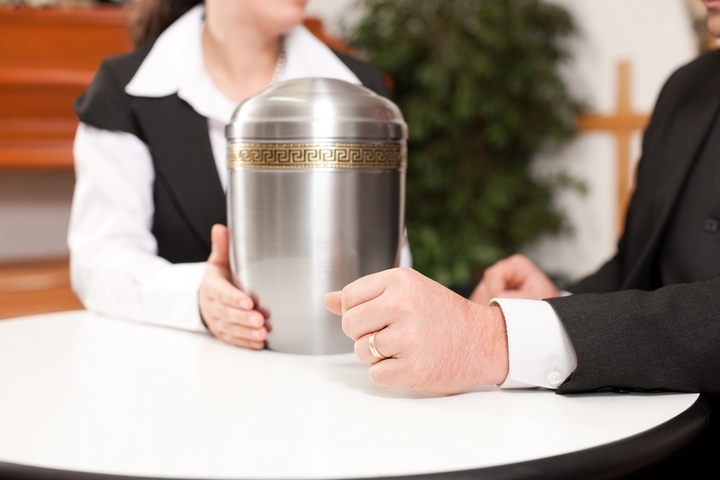
Losing a loved one is probably one of the most trying times anyone can go through. Through funerals, family members, friends or other people who knew and were fond of the deceased can come together in honour and remembrance of the dead. They also get the chance to offer comfort and support to those closest to the deceased and each other.
Arranging a funeral is an emotional and sometimes gruelling process. However, this is an inevitable process. The burden of planning for a funeral will feel slightly better when you have certain steps and procedures in place. Here are some tips on how to plan a funeral as easily as possible:
1. Choose the Form of Disposition

When you plan a funeral, you must first decide on the form of disposition. Depending on the preferences of the deceased, religious beliefs, cultural and societal influences, you can choose to have a traditional burial, a cremation or a green burial. A conventional burial typically consists of embalming, viewing the body, a church service and, later, a graveside service and reception. This particular type of funeral is continually losing popularity owing to cost implications.
Cremation involves the use of heat to reduce a body to ashes. The cremated remains can be kept at home, scattered at a specific location or stored in an urn, which can either be buried underground or placed in a columbarium. While cremation is a less expensive option, it still holds the same value as traditional burial and may be accompanied by a home or church service.
If you are environmentally woke, go for the environment-friendly green burial, which returns the organic body compounds to the soil in a decent manner. This type of funeral is relatively recent, and you may, therefore, need to do a bit of research.
2. Visit your local Funeral Director

Upon deciding on the form of body disposition for your loved one, consult your regional funeral director to find out what funeral options are available to you. Some of the things you may have to consider the service venue and associated logistics, and the possibility of a select number of people viewing the body.
You’ll also need to decide whether or not the body will wear makeup (in a traditional burial), among others. Similarly, you could opt to deal with locally-managed funeral homes or nationally owned ones. A funeral director may also come in handy when filing required records and attaining relevant permits. They can navigate around local rules and regulations.
3. Order of Service

When you are in the process of how to plan a funeral service, make it as personal as possible to reflect the distinct personality and character of the deceased. Imagine what the dead would consider to be the ideal way to say goodbye and actualize that idea. While some families prefer to conduct religious funeral services, others go for secular funeral services held at a pre-determined location.
Besides, you could have a private funeral for the immediate family, and a separate memorial service for others. Determine the timings for the funeral program. Who will coordinate the service, the readings and the reader? Who will write and deliver the eulogy? What about the photographs, videos or other displays to be used at the service?
You also need to decide on the music to be played, and all things food and beverages, including who will provide them. Finally, establish who the pallbearers will be and if the funeral service will be recorded. You can add to this list anything else you feel would make the service as memorable and comforting as possible.
4. Donations, Flowers, or Both

People usually bring or send flowers when attending funerals. You may end up with too many flowers and no impactful contribution or gift from those attending the funeral service. If you prefer those attending the funeral to donate towards a worthy cause in memory of the deceased instead of bringing flowers, make your wishes known. Indicate how and where they should send their donations.
5. Research on Service Providers and Contact them

In this case, a service provider refers to local funeral homes, cremation providers or the cemetery. They can assist you in arranging the funeral and memorial services, provide you with information on the various products and service options, the costs involved, professional fees, creating a death notice and acquiring an official death certificate. Notify the service provider of other preferences you may wish to see implemented.
6. Consider the Available Payment Options

The total funeral costs are dependent on things such as the final body disposition and the type of funeral involved. You may use funds from your savings or funeral provider to cater to these costs, insurance, credit cards or a payable-on-death account at any financial institution. If possible, arrange how you would like the funeral expenses handled and settle the bills in advance to save the family the financial burden and stress.











